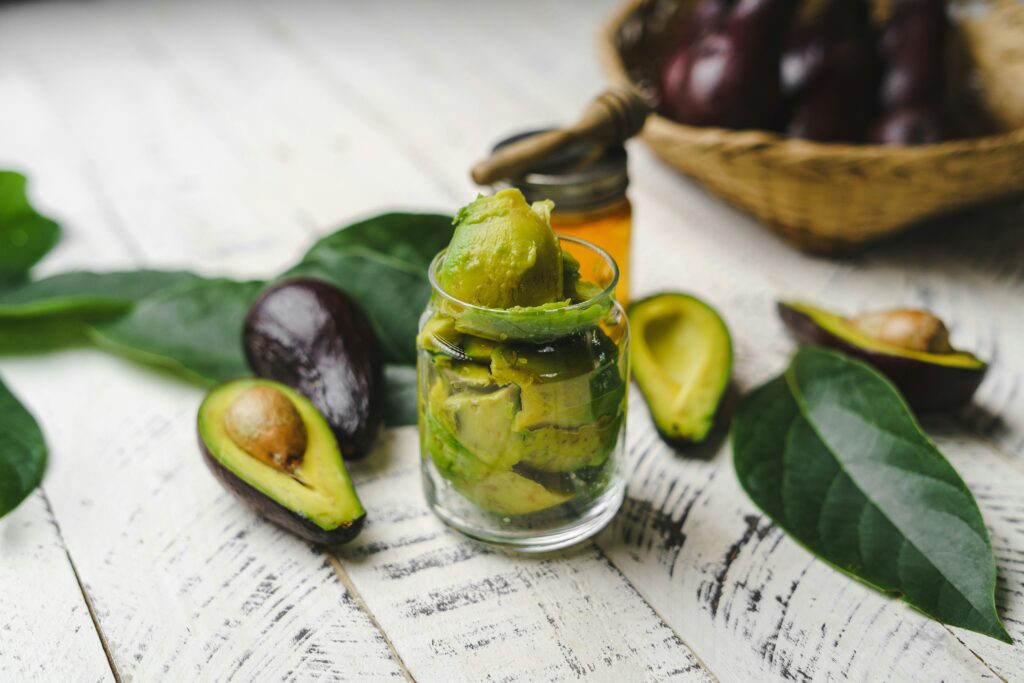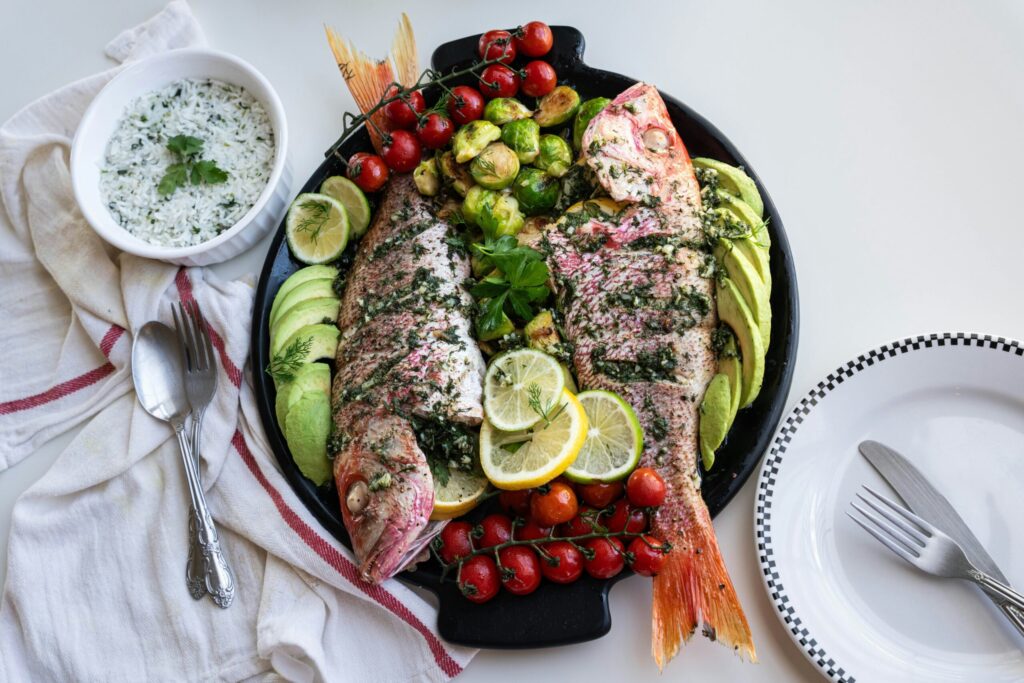Let’s be honest—when you hear “inflammation,” you probably picture a swollen ankle, a sore knee, or that annoying joint pain after a long day. Fair enough. But inflammation can be much sneakier than that. It can quietly smolder inside your body without any obvious signs—and it’s linked to serious health issues like heart disease, diabetes, arthritis, and cancer. The good news? Choosing the best Anti-Inflammatory Foods can help calm this hidden fire and protect your health.
Here’s the kicker: not all inflammation is bad. Think of acute inflammation like your body’s personal EMT team—responding to injuries, killing off viruses, patching up tissue. It’s fast, messy, and heroic. But when that emergency crew decides to never leave? That’s chronic inflammation. It overstays its welcome and ends up doing more harm than good. Picture a smoke alarm that won’t stop blaring even though the fire’s long gone.
Now for the silver lining. You don’t need to drown in supplements or embark on a juice cleanse pilgrimage to cool this fire. The right foods, the kind your grandmother probably fed you, can genuinely help.
Let’s explore 10 anti-inflammatory rockstars—delicious, accessible, and supported by serious science.
1. Fatty Fish: Your Omega-3 Lifesaver
Imagine this: a forkful of silky salmon, grilled to perfection, drizzled with lemon. Tastes amazing—and it might just be saving your arteries.
Fatty fish like salmon, mackerel, and sardines are loaded with omega-3 fatty acids, especially EPA and DHA. These aren’t just trendy acronyms—they’re inflammation assassins. They dial down cytokines and other troublemaking chemicals that trigger chronic inflammation.
And yes, there’s real science to back it up. People who eat fatty fish regularly tend to have lower CRP levels, a blood marker that screams inflammation.
Not into seafood? No problem. A good fish oil supplement can offer a similar benefit. Just make sure it’s high-quality and sustainably sourced.
2. Berries: Tiny, Colorful, and Fierce
Blueberries. Raspberries. Strawberries. Blackberries. Pop one in your mouth and it’s sweet, tart, and bursting with juicy goodness—but the real magic? Anthocyanins.
These antioxidants don’t just make berries vibrant—they also calm inflammation like pros. They sweep through your system, mopping up free radicals, dialing down stress signals in your cells.
In one impressive study, daily blueberry consumption didn’t just lower inflammation—it boosted immune function. Now that’s multitasking.
Toss them on yogurt, blend into smoothies, or eat them straight up. No matter how you do it, your body’s going to thank you.
3. Leafy Greens: More Than Rabbit Food
Greens get a bad rap. They’re the thing we push around our plate at dinner parties. But when it comes to nutrition, leafy greens like spinach, kale, and Swiss chard are straight-up MVPs.
They’re rich in vitamins—A, C, and K. They’re packed with fiber and magnesium. And they contain plant compounds like chlorophyll and polyphenols that have been shown to soothe an overactive immune system.
You see, a lot of chronic inflammation starts in the gut. And greens? They feed your good gut bacteria, helping to keep inflammation in check from the inside out.
Research shows that people who eat more greens tend to have significantly lower levels of CRP and IL-6, two nasty inflammatory culprits. So yeah, eat your greens. Your gut and joints will cheer you on.
4. Turmeric: The Ancient Gold Standard
Bright yellow. Slightly earthy. Kind of magical. That’s turmeric for you. This ancient spice, used for centuries in Ayurvedic medicine, contains curcumin, which scientists now recognize as one of the most potent natural anti-inflammatories out there.
Curcumin targets NF-kB, a molecule that plays a major role in turning on inflammation-related genes. In other words, it goes right to the source.
But wait—it’s not that simple. Curcumin isn’t easily absorbed by your body. That’s why pairing it with black pepper (which contains piperine) is key. That combo can increase absorption by a whopping 2000%.
Want to try it? Stir turmeric into soups, sprinkle it in your scrambled eggs, or go full wellness warrior with golden milk lattes.
5. Extra Virgin Olive Oil: Liquid Calm
Forget the butter. Skip the canola. If you want flavor and health, reach for extra virgin olive oil (EVOO). It’s the crown jewel of the Mediterranean diet—and for good reason.
EVOO contains oleocanthal, a compound so similar to ibuprofen in its effects that it literally inhibits the same inflammatory enzymes.
Drizzle it. Dip bread in it. Cook with it gently. Just two tablespoons a day can lead to measurable drops in inflammatory markers like CRP. Not to mention, it’s great for your heart, brain, and skin.
6. Nuts: Little Packages, Big Impact
You know that handful of almonds you grab when you’re in a rush? Or those walnuts you toss into your oatmeal? Turns out, you’ve been doing your body a huge favor.
Walnuts are rich in ALA, a plant-based omega-3 that helps lower inflammation. Almonds bring the vitamin E—a powerful antioxidant that shields cells from damage.
Studies show that regular nut eaters have lower levels of inflammatory markers and better metabolic health overall. Plus, the fiber in nuts feeds your gut microbiome, which, as we’ve learned, plays a massive role in regulating inflammation.
So go ahead. Snack smart. Just don’t eat the whole bag in one sitting.
7. Tomatoes: More Than a Pasta Base
Juicy, bright, and versatile, tomatoes do way more than make your marinara sing. They’re rich in lycopene, an antioxidant that’s particularly good at quelling inflammation—especially in the lungs and heart.
Here’s the twist: cooked tomatoes are even better than raw. Heat breaks down cell walls, making lycopene more bioavailable. Throw in a little olive oil, and boom—you’re unlocking its full potential.
Drink tomato juice. Roast them with garlic. Simmer them into sauces. However you do it, your body’s going to be better off.
8. Green Tea: Sip and Soothe
Calming, clean, and quietly powerful—that’s green tea for you. This ancient drink is loaded with EGCG, a compound that reduces inflammation at the cellular level.
It’s not just marketing hype. Studies show EGCG can block the production of inflammatory chemicals like TNF-alpha. Regular drinkers often show lower CRP levels, improved heart health, and reduced joint pain.
Two to three cups a day is a sweet spot. Want to level it up? Try matcha—it’s essentially green tea on steroids.
Just one thing: skip the milk. It can bind to those helpful antioxidants and make them less effective.
9. Avocados: Creamy Goodness with Benefits

Yes, it’s trendy. Yes, it’s on every brunch menu. But avocados earned their hype.
They’re rich in monounsaturated fats, which help reduce inflammation. They also come packed with fiber, magnesium, and antioxidants like vitamin E and carotenoids.
But here’s where it gets even cooler: avocados enhance your absorption of other nutrients. Eat them with tomatoes, carrots, or leafy greens, and you’ll get more out of those foods too.
In one study, eating avocado with a burger significantly reduced post-meal inflammation. Science just gave your avocado toast a big high five.
10. Mushrooms: Earthy, Umami, and Healing
Last but never least—mushrooms. These earthy gems are powerful anti-inflammatory foods, packed with beta-glucans, selenium, and a unique antioxidant called ergothioneine, which helps your body handle oxidative stress like a champ.
Mushrooms also modulate immune function, meaning they don’t just suppress inflammation—they balance it.
A daily dose of mushrooms has been shown to lower CRP and improve immune function. And they’re endlessly versatile—throw them on a pizza, in a soup, or sauté them in garlic and olive oil for a side dish that’s both comforting and functional.
Conclusion
Here’s the truth: inflammation isn’t always visible. It won’t knock on your door or send you a text saying, “Hey, I’m damaging your cells.” But that doesn’t mean it isn’t there.
The good news? You don’t need an expensive health coach or a complicated routine to fight it. You just need to eat smarter. These 10 foods aren’t gimmicks. They’re time-tested, scientifically backed, and—bonus—they taste amazing.
Start small. Add berries to your breakfast. Swap in olive oil. Sip green tea instead of soda. These changes add up. Over time, they become habits. And those habits? They’re the foundation for a healthier, calmer, and more vibrant you.

